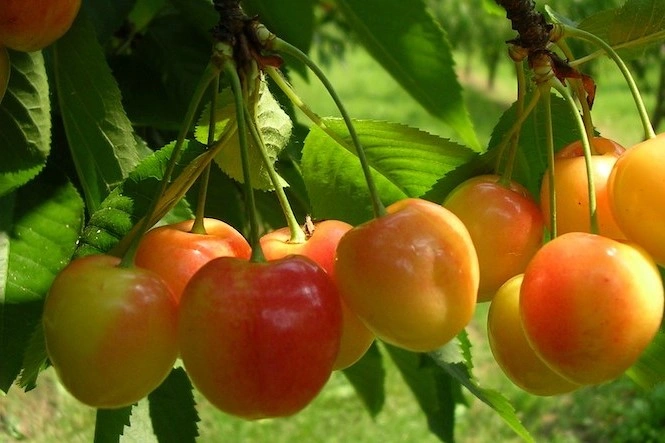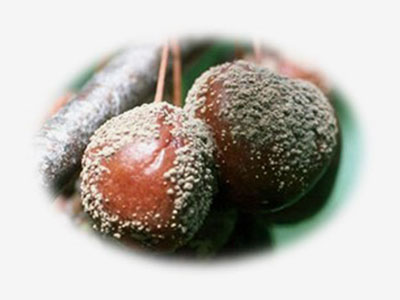The establishment of orchards must consider the climatic requirements and genetic compatibility of the varieties to ensure fruit fertilization. Bloom timing can be advanced or delayed through chemical or physical treatments, improving both product commercialization and orchard management efficiency.
In Japan, between February and May, Hanami is celebrated — a tradition that honors the sakura, or cherry blossom. During this period, families and friends gather in parks across the country to share meals and admire the beauty of anthesis (Figure 1). Each year, the sakurazensen, or “cherry blossom front,” is announced by the Japan Meteorological Agency based on monitoring of reference trees and temperature trends.
Historically, the sakura marked the beginning of spring and the ideal time to start rice sowing. Today, this tradition serves as a moment of reflection on the beauty, fragility, and transience of life and marks the start of a new cycle.
Agronomic strategies and climate influence
In Chile, cherry is currently the most important and profitable fruit crop. Technological development has enabled growers to manipulate bloom timing, either advancing or delaying it, which directly affects the harvest date. The shift in blooming is scheduled around Chinese New Year, celebrated on the second new moon after the winter solstice in the northern hemisphere.
This creates the need to concentrate cherry supply around this holiday, when demand and product value peak.
The following sections will analyze key physiological aspects of cherry bloom, including agronomic practices to influence the phenological cycle, as well as the dynamics of fertilization and how to enhance it.
Floral induction and differentiation
In cherries, floral induction usually occurs during the harvest period (November and December), influenced by climatic factors (day length and temperature), physiological factors (hormones and carbohydrate availability), and sometimes abiotic stress (e.g., resource scarcity), which push the tree to favor reproductive growth.
Floral differentiation begins in late summer and autumn, progresses slowly during winter dormancy, and ends with flower opening (anthesis) in spring (Figure 2). Early on, this process can be compromised by high thermal stress on buds, potentially causing malformations such as double fruits or open sutures.
To prevent this, it is important to maintain irrigation, nutrition, and pest management after harvest to reduce physiological constraints during possible summer heatwaves.
Strategies can also be adopted to reduce foliage temperature, such as using shade nets, overhead irrigation, and kaolinite-based sun protectants.
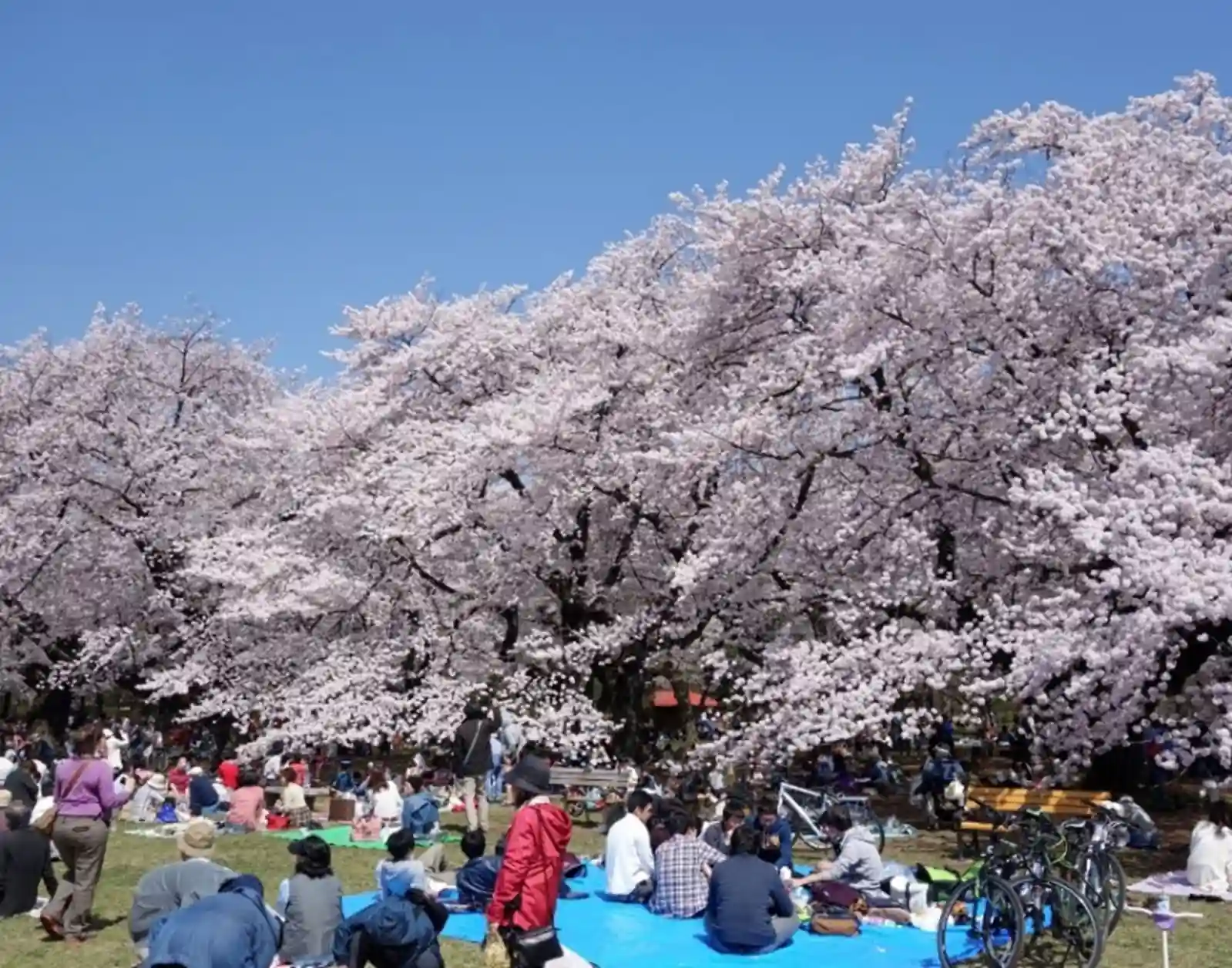 Figure 1: Hanami 2019 in honor of the Sakura at Koganei Park, Tokyo, Japan.
Figure 1: Hanami 2019 in honor of the Sakura at Koganei Park, Tokyo, Japan.
Winter dormancy and phenological behavior
During autumn and the first half of winter, flower buds enter a state of endodormancy, which is broken by prolonged exposure to low temperatures (winter chilling). Once this requirement is met, buds shift to eco-dormancy, and blooming depends on the occurrence of a warm period (heat requirement).
Chilling and heat requirements vary by cultivar and can change depending on tree behavior in different agroclimatic zones and environmental conditions during bud formation. Table 1 summarizes the chill and heat needs for overcoming winter dormancy in main cherry cultivars in Chile, assessed across multiple seasons and locations worldwide.
The significant climatic variability for the same cultivar and the limited data on new genetic material introduced into the country make it difficult to plan new cherry plantings in various Chilean agroclimatic areas.
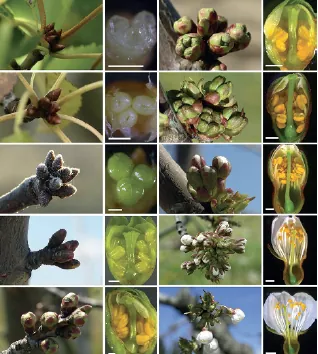 Figure 2: Stages of floral differentiation in cherry. Adapted from Herreno et al., 2017.
Figure 2: Stages of floral differentiation in cherry. Adapted from Herreno et al., 2017.
Moreover, rising temperatures have made dormancy release forecasting models less reliable, complicating accurate estimates of phenological plant behavior.
In this context, the Fruit Tree Center of the University of Talca is conducting the project “Artificial intelligence applied to monitoring the behavior of new cherry and apple cultivars in potential production areas of the Maule Region” (BIP Code 40.047.262-0), funded by the Regional Government of Maule through its Innovation and Competitiveness Fund (FIC).
The project aims to classify the productive potential of both species across various areas of Maule and develop indicators of agroclimatic requirements for dormancy release and phenological stage prediction.
Expected results will provide new insights into the behavior of recently introduced cultivars, supporting the success of new plantations and maximizing productivity in the following seasons.
Flowers and pollination
Cherry flowers are simple, hermaphroditic, white, and arranged in corymbs of 1 to 5. Inflorescences may arise from either isolated buds at the base of one-year-old shoots or spurs on older branches.
In most cultivars, flower fertilization requires pollinators due to frequent genetic incompatibility.
Floral physiology and incompatibility
In central Chile, cherry bloom occurs from mid-September to early October and can last between 8 and 12 days in areas with temperatures ranging from 20 to 25 °C.
Anthesis happens early in the morning, when stigmas are most receptive to pollen. This receptivity gradually decreases in self-sterile plants, acting as an evolutionary mechanism to increase genetic variability and species survival.
The S-gene has been identified as responsible for self-sterility: it includes multiple alleles that are mutually incompatible. In the 1980s, researchers at the Summerland Research Station in Canada developed self-compatible cultivars through S-gene mutations. Leading commercial varieties include Lapins, Santina, and Skeena.
Variety selection for a cherry orchard must consider compatibility to ensure high productivity. Genomic sequencing has made it possible to identify varieties with matching alleles (thus incompatible) and group them into incompatibility groups, requiring pollination from varieties in different groups. Table 2 shows these groups for Chile’s main cherry varieties.
 Table 1. Chill and heat requirements for breaking winter dormancy in cherry varieties.
Table 1. Chill and heat requirements for breaking winter dormancy in cherry varieties.
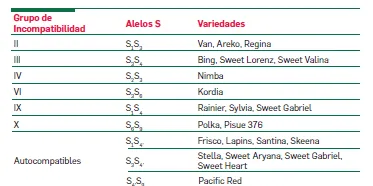 Table 2. Genetic incompatibility groups among cherry varieties.
Table 2. Genetic incompatibility groups among cherry varieties.
Managing bloom timing
Once the genetic compatibility between cultivars is determined, planting must also consider bloom synchronization to ensure pollen availability. Table 3 summarizes bloom and harvest periods of the main cherry varieties in central Chile.
Currently, agronomic management allows cherry bloom to be advanced or delayed. This is useful to:
- align supply with high-demand periods;
- stagger harvests;
- synchronize bloom between pollinators and commercial varieties;
- avoid risk of late frosts.
However, shifting bloom mainly affects flowering dates rather than harvest dates.
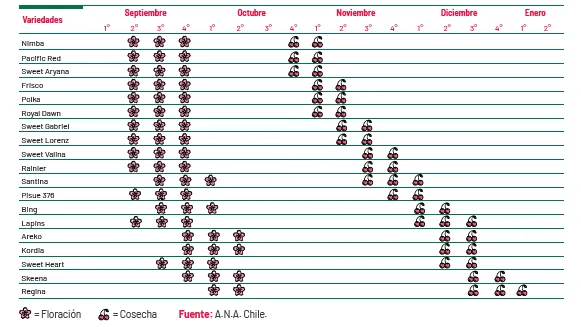 Table 3. Bloom and harvest periods of key cherry varieties in central Chile.
Table 3. Bloom and harvest periods of key cherry varieties in central Chile.
Methods to advance blooming
Chemical treatments are traditionally used to compensate for winter chill requirements in buds. Among the main methods:
- Hydrogen cyanamide: applied at concentrations of 1.5–3% (depending on variety) 55–65 days before full bloom (once 60–70% of chill requirement has been met). Used to advance and standardize flowering.
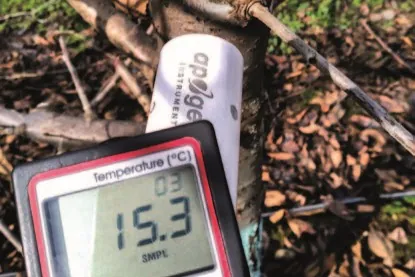 Figure 3. Surface temperature of trees outdoors (left) and under shade nets (right) on a clear day. 2022/2023 season. Sagrada Familia, Maule Region.
Figure 3. Surface temperature of trees outdoors (left) and under shade nets (right) on a clear day. 2022/2023 season. Sagrada Familia, Maule Region.- Budding synchronizers: they anticipate the opening of vegetative buds and improve uniformity. Their effect is milder than hydrogen cyanamide, but when combined, they enhance early blooming. Various types exist, though few have been tested in Chile.
- Homemade mixtures: in the absence of commercial products, nitrate- or calcium polysulfide-based mixtures can be used. Their caustic effect speeds up dormancy release. Physical techniques, such as temperature reduction, can also advance dormancy break.
Among these:
- Black shade nets: reduce tree temperature. Studies by the Fruit Tree Center show a difference of up to 7 °C on clear days.
- Winter water sprinkling: lowers wood temperature and washes out inhibitory substances in buds. However, reliable quantitative studies are lacking.
In both cases, it is important to stop these methods once the chilling requirement is met, otherwise they may hinder the subsequent heat accumulation phase.
Plastic covers: once the chilling requirement is fulfilled, covers can be used to raise temperature. Studies on the Santina variety showed a bloom advance of 5–7 days using plastic roofs or tunnels, increasing up to 17–38 days when combined with dormancy breakers.
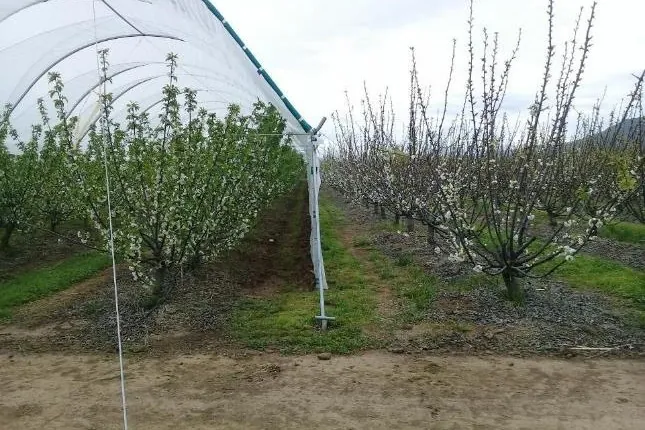 Figure 4: Phenological differences in Santina cherries with and without macro-tunnel. 2019/2020 season. Sagrada Familia, Maule Region.
Figure 4: Phenological differences in Santina cherries with and without macro-tunnel. 2019/2020 season. Sagrada Familia, Maule Region.
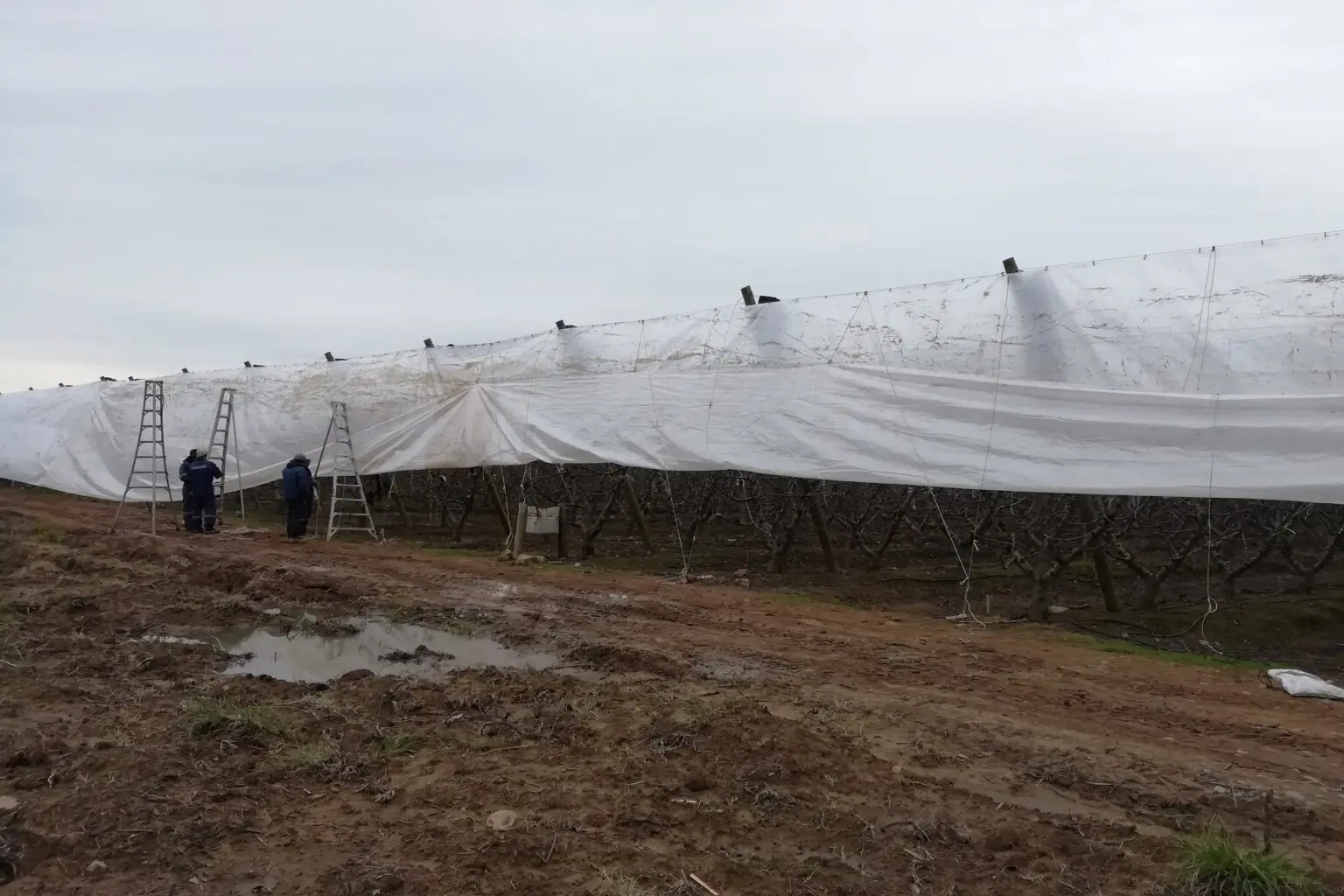 Figure 5: Installation of perimeter enclosures in cherry orchards with plastic roofing.
Figure 5: Installation of perimeter enclosures in cherry orchards with plastic roofing.
Methods for delaying bloom
Delaying bloom allows to:
- stagger harvest times;
- avoid damage from late spring frosts.
Main strategies include:
- High chill requirement cultivars;
- Physical methods to maintain low orchard temperatures;
- Chemical treatments to extend dormancy or slow bud development.
Among chemical treatments, effectiveness varies based on dosage and timing (previous summer/fall, bud stage). Promising products include:
- Ethylene releasers,
- Gibberellins,
- Auxins,
- Oils and emulsifiers,
- Maleic hydrazide,
- Daminozide,
- Chlormequat,
- AVG (aminoethoxyvinylglycine),
- ABA (abscisic acid),
- Retard Cherry RC (bioactivator): delays bloom by 6–8 days in Regina and Sweet Heart.
Some orchards are starting to install perimeter barriers with plastic roofs (Figure 5), to reduce air circulation and increase temperature — a cheaper alternative to macro-tunnels, although studies on results are lacking.
Pollen transfer and pollination management
Pollination is the process of transferring pollen from the anthers to the flower’s stigma, preceding fertilization. In cherry trees, this is mostly carried out by bees (Apis mellifera), with at least 8 hives per hectare.
Cherry flowers attract bees due to their visibility and high nectar content (up to 13 mg/day with 55% sugar – Figure 6).
Hives should be placed in the orchard from the white bud stage, in clusters no more than 200 m apart, in dry, sunny spots, elevated from the ground, and facing east to catch the morning sun.
Bee activity is highest when temperatures exceed 15 °C and solar radiation surpasses 300 W/m².
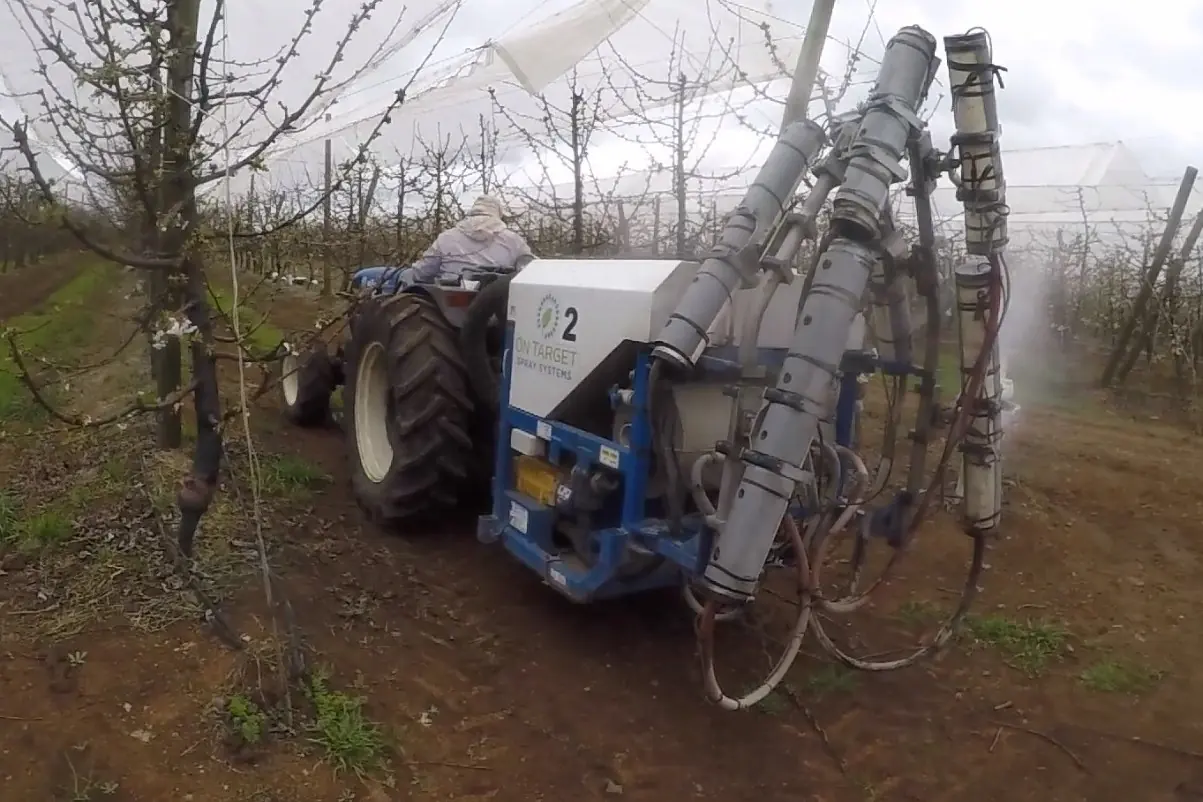 Figure 6. Mechanical pollen application using electrostatic sprayers on cherry trees.
Figure 6. Mechanical pollen application using electrostatic sprayers on cherry trees.
Pollination support and complementary technologies
Bee activity can be complemented with the additional supply of pollen at hive entrances (piquera), enhancing transfer efficiency. Pollen must always be stored in cold chain (-15 to -10 °C) and gradually brought to ambient temperature before application to preserve viability.
In orchards with plastic covers, bee activity is greatly reduced due to UV radiation filtering by additives in the plastic material, designed to increase durability. Yet, UV light is crucial for bee navigation. In such conditions, bumblebees (Bombus sp.) have proven effective, showing high activity even in warm temperatures.
Some studies also report that establishing biological corridors between rows helps attract native pollinators, improving cultivated species fertilization through a higher number of vectors and increased pollen transfer.
Additionally, some cherry orchards have tested mechanical pollination with electrostatic sprayers, which create a cloud of water and pollen particles naturally drawn to floral structures (Figure 7).
A study by the Fruit Tree Center on Regina cherry trees found higher fruit set, retention, and yield in trees receiving both natural bee pollination and assisted mechanical pollination, compared to bee-only trees. However, differences between treatments were not statistically significant (Figure 8).
Factors influencing electrostatic pollination efficiency
Efficiency of assisted pollination using electrostatic sprayers depends on technical, morphological, and climatic factors.
Technical aspects include:
- equipment features of the sprayer;
- type of charge in the solution;
- field application methods.
Excessive electrical charge may destabilize droplets, breaking them into smaller, uncharged particles. Moreover, the longer the distance between nozzle and flower, the lower the chance of attraction, as the droplets lose charge in transit.
Regarding morphological traits, flower anatomy is relevant: flowers with prominent stigmas allow more efficient pollen transfer.
The formation and quality of flowering are influenced by multiple environmental and management factors from the previous season.
Orchard planning must consider climatic needs and varietal genetic compatibility to ensure optimal fertilization. Bloom timing can also be advanced or delayed using chemical or physical interventions, supporting both orchard management and product commercialization.
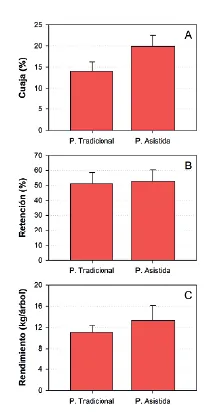 Table 4. Fruit set (A), retention (B), and yield (C) of cv. Regina cherry trees with traditional and assisted mechanical pollen application. 2019/2020 season. San Clemente, Maule Region.
Table 4. Fruit set (A), retention (B), and yield (C) of cv. Regina cherry trees with traditional and assisted mechanical pollen application. 2019/2020 season. San Clemente, Maule Region.
Post-bloom conditions and final thoughts
After flowering, successful pollen transfer depends on:
- activity of natural pollinators,
- environmental conditions,
- microclimate management in the orchard.
Under unfavorable insect activity conditions, mechanical pollination can provide effective support to improve fruit set.
As with cherry blossom celebrations in Japan, the sakura continues to inspire reflection on how beautiful, fragile, and fleeting life is, marking the symbolic beginning of a new cycle.
Acknowledgements
The authors thank the Innovation and Competitiveness Fund (FIC) of the Regional Government of Maule for supporting the project “Artificial Intelligence Applied to Monitoring the Behavior of New Cherry and Apple Cultivars in Potential Production Areas of the Maule Region” (BIP 40.047.267-0).
Text and image source: Mundoagro
Miguel Palma, Mariana Moya, José Antonio Yuri
University of Talca, Chile
Cherry Times - All rights reserved















